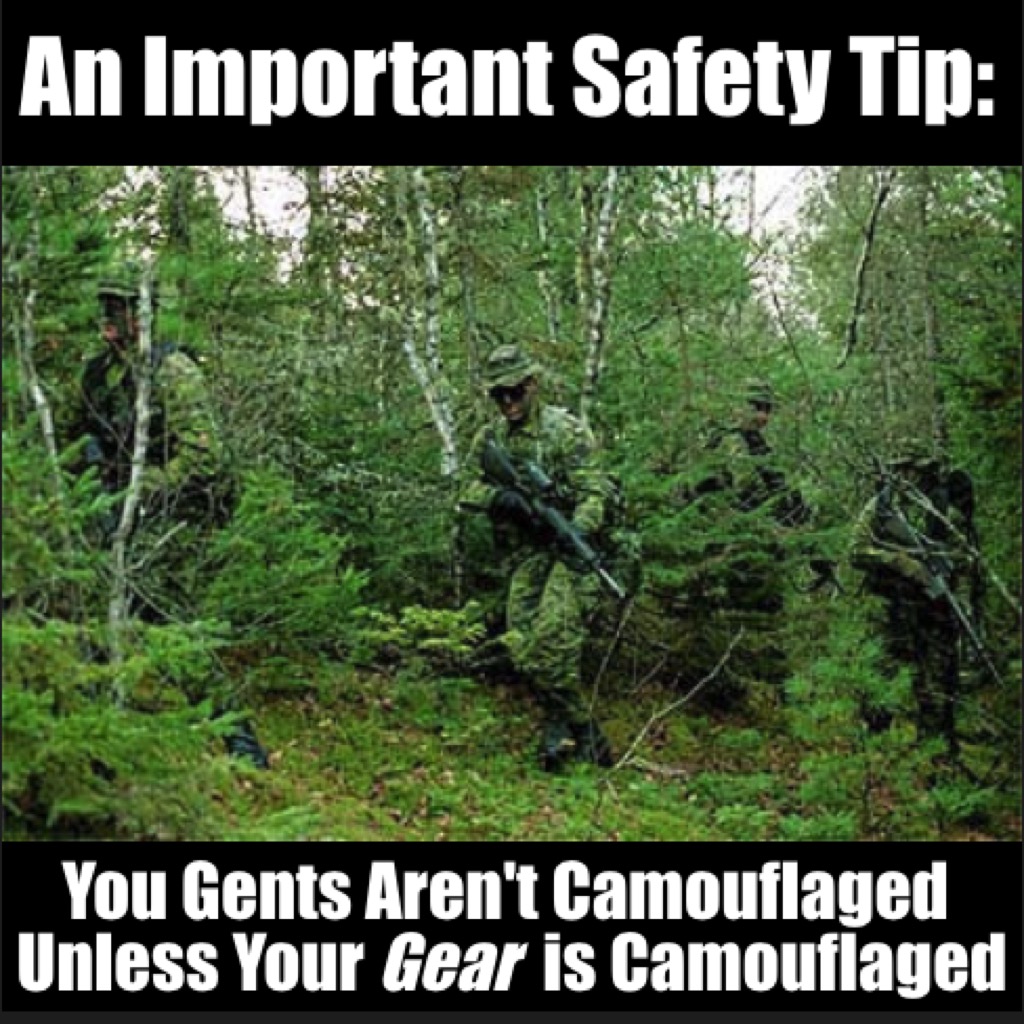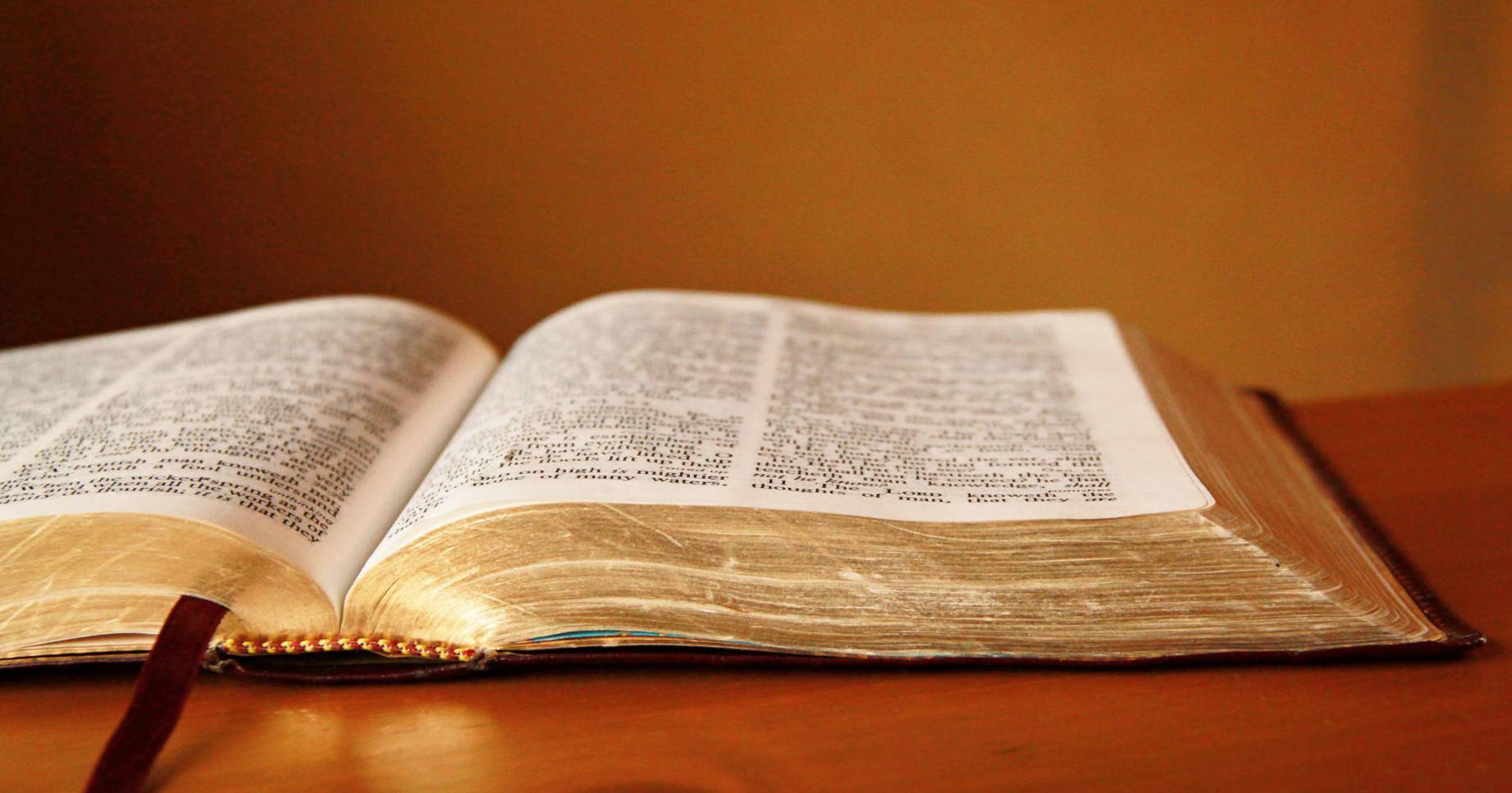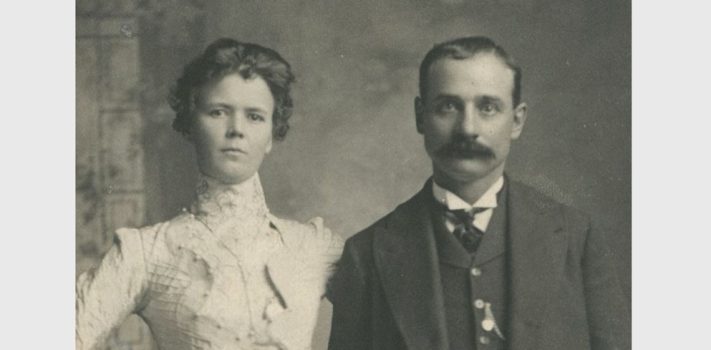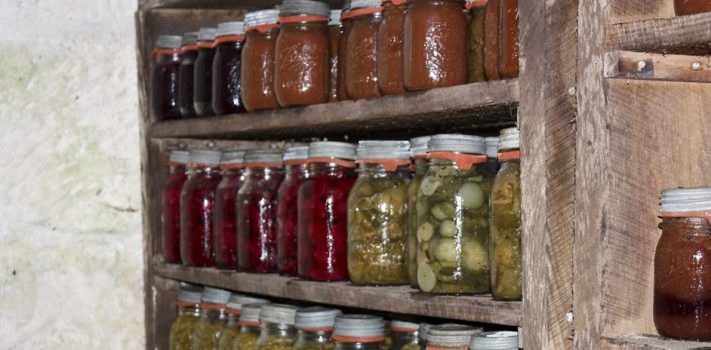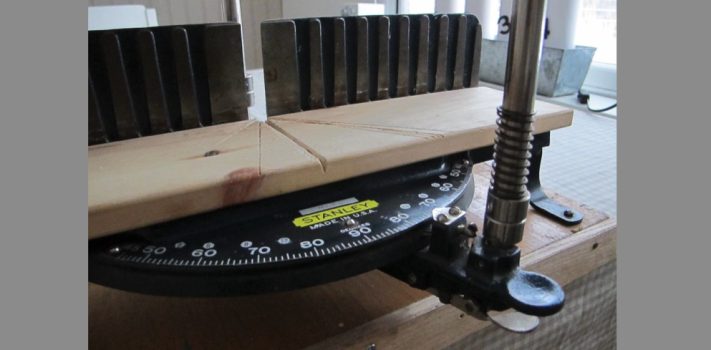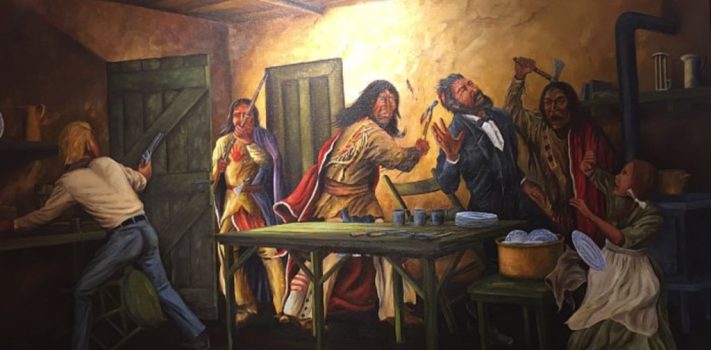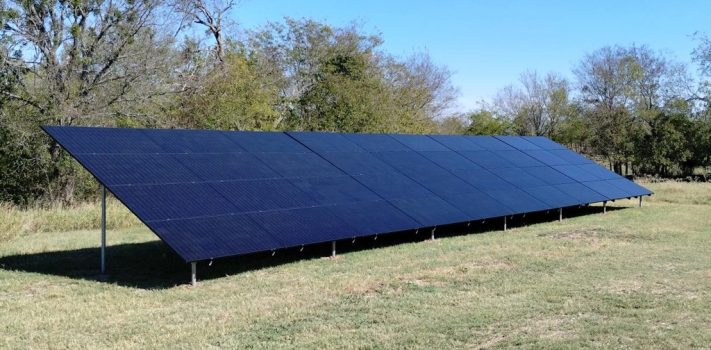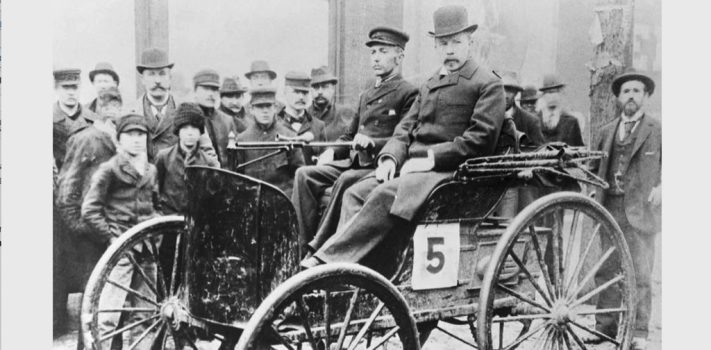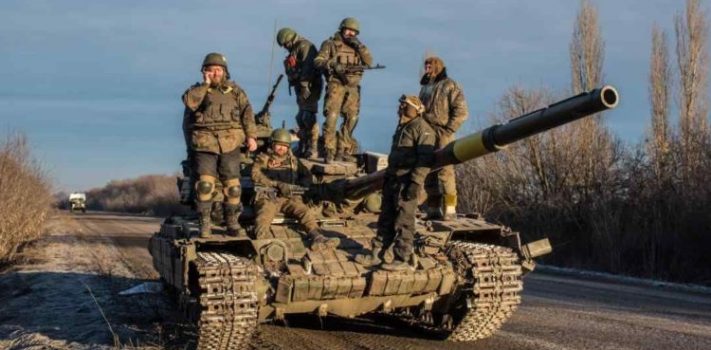Today’s E&I column is a special “Black Friday” edition that highlights some items available on sale for Christmas or Hanukkah gifts, some items for prepping, and many that double as items for tangible investments. The classic investing rule of “buy low and sell high” is immutable. It also applies to tangible investments. Today is the best day of the year to buy many items. But of course, shop responsibly. Avoid debt!
Please shop with our banner advertisers first. If they don’t have what you are looking for, then see our Affiliates page. Thanks, – JWR.
—
Seed for Security, LLC is running its Retirement Sale. Mailed-in orders are no longer accepted but Internet orders will be accepted until close of business tomorrow — Saturday, November 30, 2024. After that, they are closing their doors for retirement, and I’ve been told that they don’t have plans to sell their business. So this is truly “last call!”
—
Just until midnight tonight, Ready Made Resources (one of our long-time advertisers) is running a big sale on full mil-spec AN/PVS-14 night vision monoculars. They have them at reduced prices, and every PVS-14 purchase comes with a free Light Interference Filter (a $200 value) and a free PVS-14 Compass (a $200 value).
—
Palmetto State Armory (a long-time SurvivalBlog banner and affiliate advertiser) has some great specials this week. Here are some examples:
- Toolcraft Logo Premium 5.56 Nickel Boron AR-15 Bolt Carrier Group with Carpenter 158 Bolt. To find that deal, paste this SKU in their search box: 5165449729
- Vortex Strikefire II 4MOA Red/Green Dot and 10 Magpul Gen2 PMAG 30 rd. 5.56×45 Magazines for $179.90. To find that deal, paste this SKU in their search box: BUN-219
- PSA Dagger Compact 9mm Pistol With Extreme Carry Cuts, Sniper Green for $259.99. (FFL required.) To find that deal, paste this SKU in their search box: DG01-51655129773
- AGM 1.5-12x25mm Rattler Thermal Rifle Scope/Monocular for $1,199.99. To find that deal, paste this SKU in their search box: 516551637780
- Palmetto State Armory Magpul MOE Lower Build Kit – OD Green, for $99.99. To find that deal, paste this SKU in their search box: 8896.
- PSA AR-15 “Stealth” Stripped Lower Receiver and a PSA Dagger Compact Complete Polymer Frame, for $99.98. (FFL required.) To find that deal, paste this SKU in their search box: BUN-178
—
Until December 1st, GunMag Warehouse is running some great specials. One example is their sale on Lancer L5 AR-15 .223 / 5.56 30-Round Advanced Warfighter Magazines for as low as $9.99 each. That is an unprecedented price for these premium-quality magazines. Note that some magazine colors have already sold out. To find those Lancer deals, paste this SKU in their search box: 999-000-2320-3
—
Siege Stove & Belts is running a Black Friday Sale with their stoves on sale, and $30 off all their belt buckles with belts.
—
Brownells has specials on MagPul magazines and gun parts, Streamlight weapons lights, Aero Precision AR parts, OEM Glock magazines, Geissele AR parts, mil-spec ammo cans, and much more.
—
Optics Planet has dozens of Black Friday Specials. And until midnight tonight, you may use the coupon code “PREFUN” to get an additional $40 off, for any order over $250, and you can get $75 off orders of $500+ with code “PREPARTY“.
—
Berkey USA Filters is offering Free Shipping on all USA orders.
—
Just for this week through Monday, December 2, 2024, Jonathan Rawles is offering his Prepared Property Buyer Course at a $90 discount. That is the deepest discount offered each year.
—
NukAlert™ now offers free shipping on their patented personal radiation meters.
—
Gainesville Coins — not one of our advertisers, but a kind monthly blog column contributor (provided to us free of charge with no strings attached) — has some great Black Friday specials.
—
KeepShooting.com is offering free shipping on orders over $75. Despite a recent rush of orders, they still have they still have some ThyroSafe Potassium Iodine Radiation Protection Tablets available.
—
Natchez Shooting & Outdoors has announced Door Buster deals with savings of up to 70% starting on Black Friday and going through Monday.
—
JASE Medical is offering $25 off their prescription drug supply kits if you use the discount code BLACKFRIDAY. This special offer ends on Monday, December 2, 2024. Take a look!
—
And, at the risk of sounding self-promotional, I’d like to mention that we are also running a Black Friday sale at Elk Creek Company. Just until Monday, December 2, 2024, all of our pre-1899 shotguns and all of our percussion revolvers are greatly reduced. No FFL is required for pre-1899 guns or percussion guns, and we can mail them to most states. Take a look!
—
Lastly, here is a news story, to round out today’s column for those with some time on their hands and a sense of adventure: Bitcoin millionaire hides $2M in treasures across US — then leaves mysterious clues on how to find them.
—
Provisos:
SurvivalBlog and its Editors are not paid investment counselors or advisers. Please see our Provisos page for our detailed disclaimers.
News Tips:
Please send your economics and investing news tips to JWR. (Either via e-mail or via our Contact form.) These are often especially relevant because they come from folks who closely watch specific markets. If you spot any news that would be of interest to SurvivalBlog readers, then please send it in. News items from local news outlets that are missed by the news wire services are especially appreciated. Thanks!


